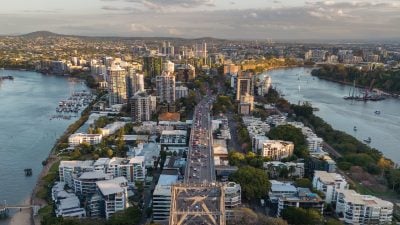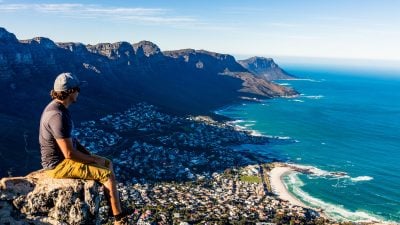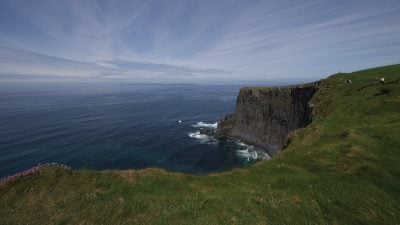Home / UK & Europe / My European Vacation Favourite…
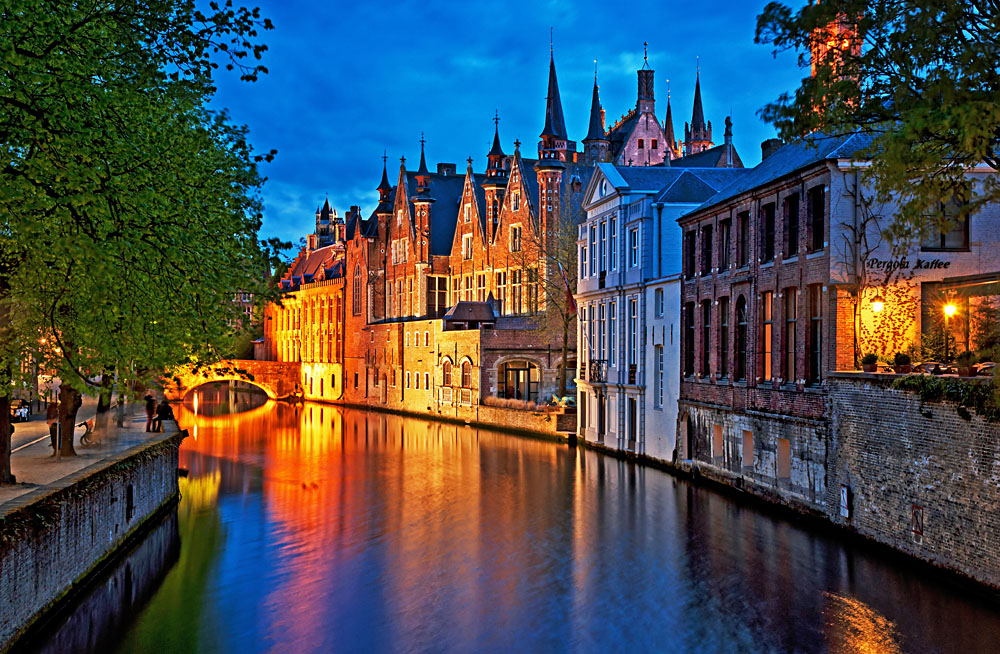
My European Vacation Favourites – Part 2
Previous:
My European Vacation Favourites – Part 1
In my travels around Europe, there have been many cities, regions, and sites that I have enjoyed and vowed to return to. Continuing my personal list of European vacation favourites, the following stick in my mind, but are by no means the only ones.
Fairytale Bruges, Belgium
If you are looking for a destination that combines well-preserved medieval architecture surrounded by old city walls, together with charming historic houses and a network of delightfully eye-catching canals, then head to Bruges in North West Belgium. This picture postcard, compact city with many pedestrian-only streets and thoroughfares is a place for walking and exploring.
The heart of Bruges is the Grote Markt or Market Square, where you will find many 17th Century houses – some converted into restaurants and cafes. In the square is the 13th Century Belfry and Tower which I highly recommend you climb, even though there are 366 steps to the top. The reward is a splendid view of the square and the whole of Bruges. You may hear the 47 bells which are played on a changing schedule, while in the vicinity. It is possible in the square to hire a horse-drawn carriage for a relaxing tour of the city.

Moving away from the Grote Markt, there are some buildings which are well worth visiting. Let’s start with two churches. The Basilica of the Holy Blood (Heilige Bloed Basiliek) is a beautiful church with a mixture of architectural styles – Romanesque and Gothic, and was originally built in the 12th century. It supposedly contains a vial of blood that is said to be that of Jesus. The Church of Our Lady (Onze Lieve Vrouwkerk) is a fascinating church with, also with architecture from the Romanesque and Gothic periods. It houses one of the few Michelangelo sculptures outside of Italy, Madonna with Child (1504).
Nearby the Grote Markt is the beautiful Burg, a delightful square which contains many of Bruges’s most appealing buildings including the Bishop’s Palace, the Town Hall, the Old Civil Registry, and the Basilica of the Holy Blood.

Bruges has its fair share of museums. The Groeninge Museum is the city’s fine arts museum with a collection of works spanning 7 centuries. The Lucifernum is an eccentric private art gallery and bar, located in an old Freemason’s temple. There are museums which are unique to Bruges and unique in content. The Choco-Story Museum, situated on several floors of a period house, describes chocolate’s transition from cocoa into chocolate. Don’t miss the chocolate-making demonstration and be sure to take away a few mouthwatering samples. The Diamant Museum (Diamond Museum) has a large range of exhibits ranging from diamond mining, all the way to polishing – with the history of diamonds in between. The Friet Museum (Fries or Chips Museum) is the world’s only frites museum where you can hear the story of the potato and how it has evolved into a fry. You can, of course, taste delectable samples. The Brewery De Halve Maan is a beer museum which offers a tour of the beer-making process. A history of the brewery is provided and there is a view of the city from its tower. These museums alone will make for a colourful European vacation!
At this point, I should mention the canal cruises, something you really have to do. You will see places which otherwise are unviewable, as every canal here does not run next to a street. Guides provide a short history of the city while cruising.
If you don’t get to the Chocolate Museum, there are many chocolate shops, a large feature of Bruges, with high-quality chocolate readily available. There are plenty of arts and crafts shops too with some excellent products made by local artists.
Lastly, there are two other activities you can consider. One is a performance at the Concertgebouw Brugge, very interesting architecturally and where you can attend classical music concerts and contemporary dance. The other is to take a hot air balloon ride which provides stunning views of Bruges.
Although Bruges is easily accessible from Brussels, I suggest you consider at least a one night stop here. There is so much to see, and so much to enjoy.
Suggested Itinerary:
4-Day Belgium Mini Break
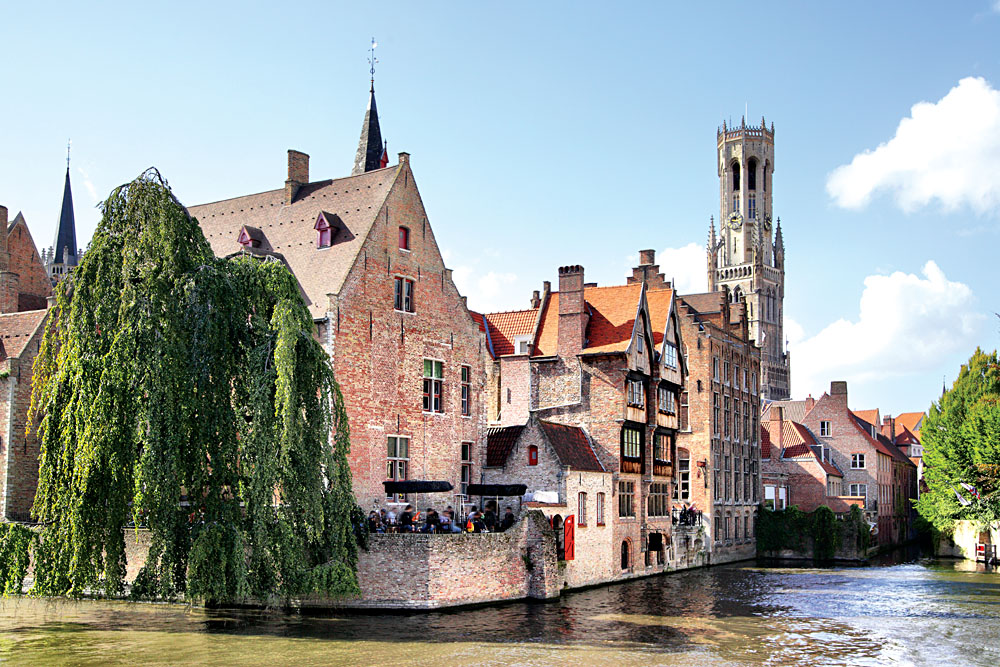
Bilbao – a Spanish City with a Difference
Spain has so many fantastic sites – too numerous to mention here. However, I have singled out one which, it seems to me, does not get the recognition it deserves. First of all, it is the largest city in the Basque region of Spain and as such, has a different vibe to it. Basque is the ancestral language of the Basques, of which the origin is unknown. It is thought in all likelihood to be the oldest language in Europe. The number of Basque speakers is currently growing and the language is used in all social, cultural, sport, educational, and administrative spheres. However it isn’t just the language which is different in Bilbao – so is the culture.
My first impression of Bilbao was the elegance of its buildings, streets, and parks. The longer I lingered, the more charming the city became. Whether you simply walk around the city, take advantage of the excellent cultural activities, or indulge in the tasty Basque cuisine, or all three, you will come to embrace Bilbao.
The Casco Viejo (Old Quarter), Bilbao’s most colourful neighbourhood, used to be surrounded by walls but it became necessary to take them down to open up what is known today as the Seven Streets, since these were the seven streets that formed the original medieval town. Since 1979, this area has been a pedestrian precinct. It is the oldest neighbourhood and full of charming streets which house the Gothic Santiago Cathedral, the Bilbao Stock Exchange, the 19th Century arcaded Plaza Nueva – a lively Sunday morning flea market, the Arriaga Theatre – built between 1886 and 1890, and the Ribera Market, the largest indoor food market in Europe.
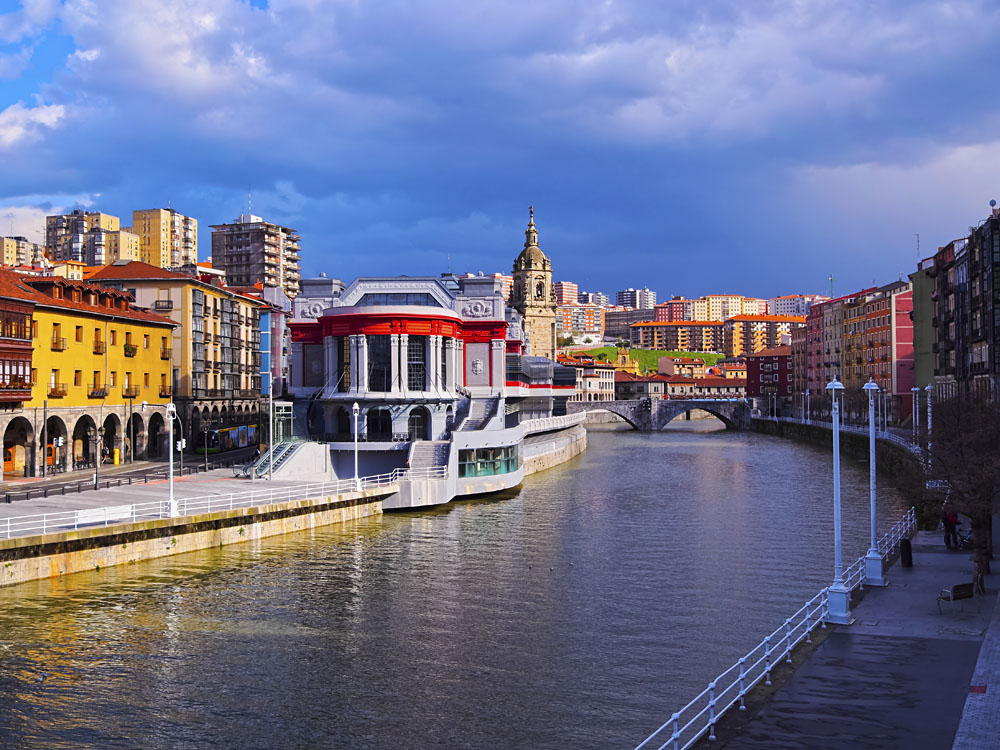
Another area of Bilbao is called El Ensanche (the expansion) and is located across the river which runs through the heart of the city. It is the business centre and the most cosmopolitan part of the city. There are lots of shops, restaurants, and bars here, and it is also home to many of the city’s bourgeoisie.
Calle Ledesma is a street located in the city centre of Bilbao and is a pedestrian area – again offering shops, bars and restaurants. It is close to the museums and the major shopping streets.
The Lookout of Artxanda offers the best views of the city. Located above Bilbao, you can see the Old Town, the Guggenheim Museum, and all the hills that surround the city. The easiest way to get there by is taking the funicular, which is located at Funicular Square. At the lookout point there is also a small park containing sculptures.
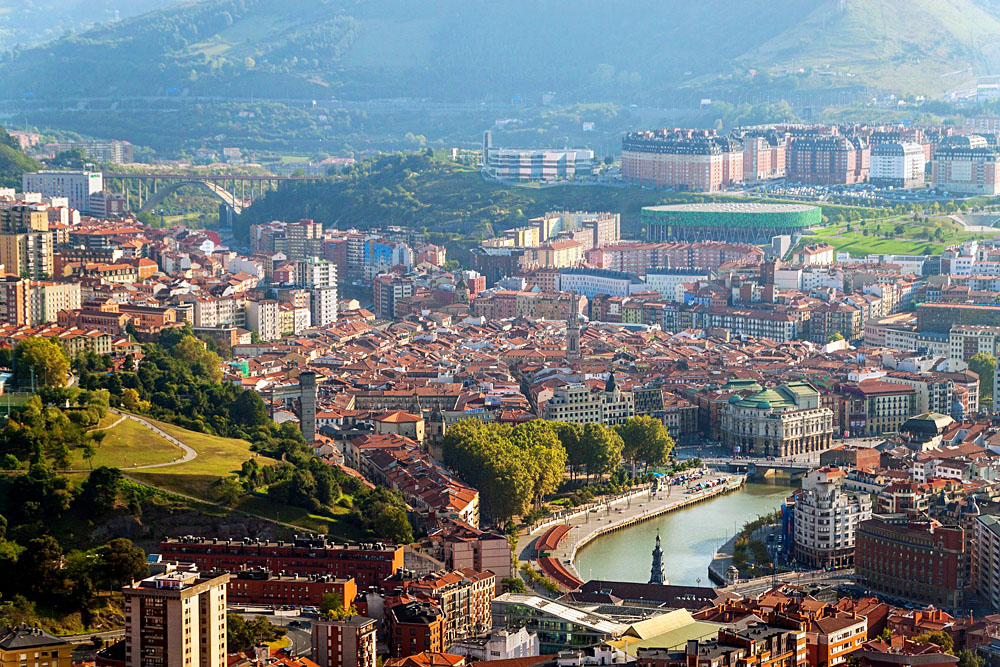
There is no doubt that Bilbao’s number one major attraction is the Guggenheim Museum. Designed by renowned architect, Frank Gehry, the museum opened in 1997 and has since been hailed by both the public and critics as one of the most important structures in contemporary architecture. This year, Condé Nast Traveler listed it as one the “Most Beautiful Museums in the World”. I first set eyes on it from across the river and was immediately enthralled by its unique design. I quote an expert on architecture – “the building is wrapped in titanium panels that create what appear to be random organic curves. These panels were designed to capture light. For this reason, the building takes on a different appearance at night as the city lights reflect off it. Also, when viewed from the river, it resembles a ship (albeit abstract) and the panels are reminiscent of fish scales.” In front of the museum is the enormous sculpture of a dog made entirely from living flowers, designed by artist, Jeff Koons. Today, Puppy, as it is affectionately called by the locals, is the mascot of the city. Inside the museum, the exhibitions change all the time, so I suggest checking as to what’s on during your time in Bilbao.
The Bilboa Fine Arts Museum (Bellas Artes Museum) is one of the finest museums in Spain. It houses an impressive collection of over 10,000 pieces of art, ranging from the 13th century to the present. The collection contains Spanish, Flemish, Italian, and Dutch works in addition to a selection of work by local Basque artists. Then there is the Basque Museum which focuses on the prehistory, archaeology, ethnography, and history of the Basque homeland.
I have to bring up the subject of Basque cuisine. The key to success of Basque chefs has always been based on the use of the best raw ingredients, resulting in excellent dining. I am told traditional Basque cuisine does not need many additions, hence a sign of its quality. You have to try the regional specialty, pintxos (typical appetizers).
While in Bilbao, on your European vacation, you can also consider an out-of-town visit to one of the quaint medieval towns nearby such as Balmaseda, Orduna, and Lanestosa. Or, you can head to Guernica, the town renowned for its terrible bombardment which behooved Pablo Picasso to paint his famous work of the same name.
Suggested Itinerary:
11-Day Spanish Adventure – Madrid Self Drive
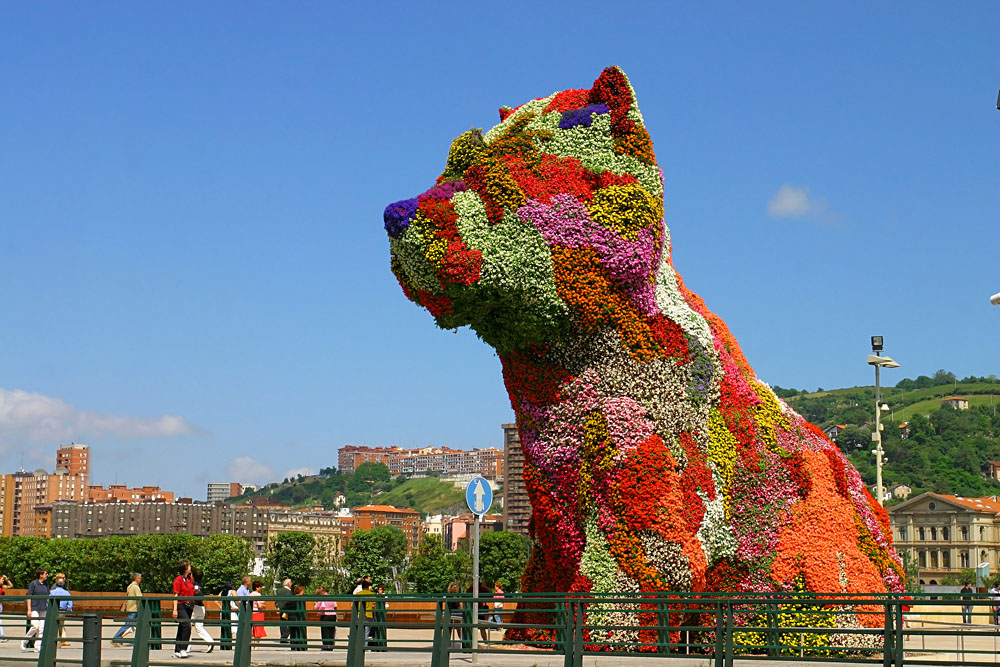
Siena, Possibly Italy’s Most Beautiful City
Everyone knows how extraordinary Florence is either by reputation or having personally experienced it. However, a mere 70 kilometres/43 miles south of Florence is, to my mind, one of the most beautiful and charming cities in Italy – a personal opinion obviously, but also that of many others. What I like about Siena is that it is compact with all its treasures close at hand.
Siena is a medieval city that has preserved its Middle Ages ambience through its buildings, streets, and infrastructure. You can wander among the old narrow streets and feel you have truly stepped back in time. The historic centre is surrounded by a 7 kilometre/4 mile long fortified wall with several gates which formerly protected the city.
The heart of Siena is the huge awe-inspiring Piazza del Campo, which was once a Roman forum. Il Campo, as it is known by the locals, is somewhat circular in shape with a ring of medieval style buildings on its outer rim. You can absorb the beauty of the piazza at one of the many cafes around the perimetre, while taking in buildings such as the Palazzo Pubblico and its tower, Torre del Mangia. This is a civic palace built at the end of the 13th century. It still houses Siena’s municipal offices. The imposing tower can be climbed, and if you have the energy to ascend the 500 steps to the top, you will be rewarded with a wonderful view of the rooftops of the city and its surroundings. A part of this complex is the Civic Museum, which houses some of Siena’s greatest paintings. Also in the piazza is the Fonte Gaia (Fountain of the World) built in the 15th century. It is in the shape of a rectangular basin and adorned on 3 sides with many sculptures.

An important Siena landmark is the Siena Cathedral in the nearby Piazza del Duomo. Constructed in 1215, it is a simply magnificent structure. It has been embellished by some of Italy’s most important artists and sculptors, including Pisano, Michelangelo, Bernini, and Donatello. The interior is truly stunning. The floor is inlaid with 56 panels depicting historical and biblical scenes provided by around 40 different artists. There are also many works of art and sculptures by numerous renowned artists to enjoy – virtually a gallery within a church.
There are numerous other interesting churches to visit if you are this way inclined. However, my favourite thing to do in Siena is to wander through the many old narrow winding streets discovering all manner of attractions – perhaps stopping for a coffee or snack, browsing the numerous small boutiques, or taking time to drop in on a museum or two.

I was very fortunate to coincide one of my visits to Siena with Il Pallio. This is a very special and colourful event which takes place twice year, once in late June/early July and again in August. The pageant starts with a horse race around the Piazza del Campo. This is a horse race like no other. It is a contest between the 10 of the 17 Contrades (central districts/neighbourhoods) of Siena, with a rider and horse participating and representing each one. All citizens of Siena are affiliated with one of the Contrades with a burning passionate loyalty. Since the 11th century, there have been festivals every year where the Contrade compete for renown through contests such as flag throwing, horse racing and even fist fights (this one, no longer). The race itself takes place in the late afternoon, but the whole day of the race is taken up with processions through the streets of the various Contrades competing in the race. After the race, the winning horse, rider, and citizens of the Contrade celebrate by parading around the city for several days.
Other events which take place in Siena annually are classical summer concerts at various locations around the city, and the summer Siena Jazz Festival.
A visit to Siena on your European vacation will give you memories that will last forever. What’s more, if you use Siena as a centre for touring this area of Italy, you can also take in other amazing medieval centres such as San Gimignano, Montepulciano, and Montalcino.
Suggested Day Tours:
Siena, San Gimignano and Chianti Landscapes Tour
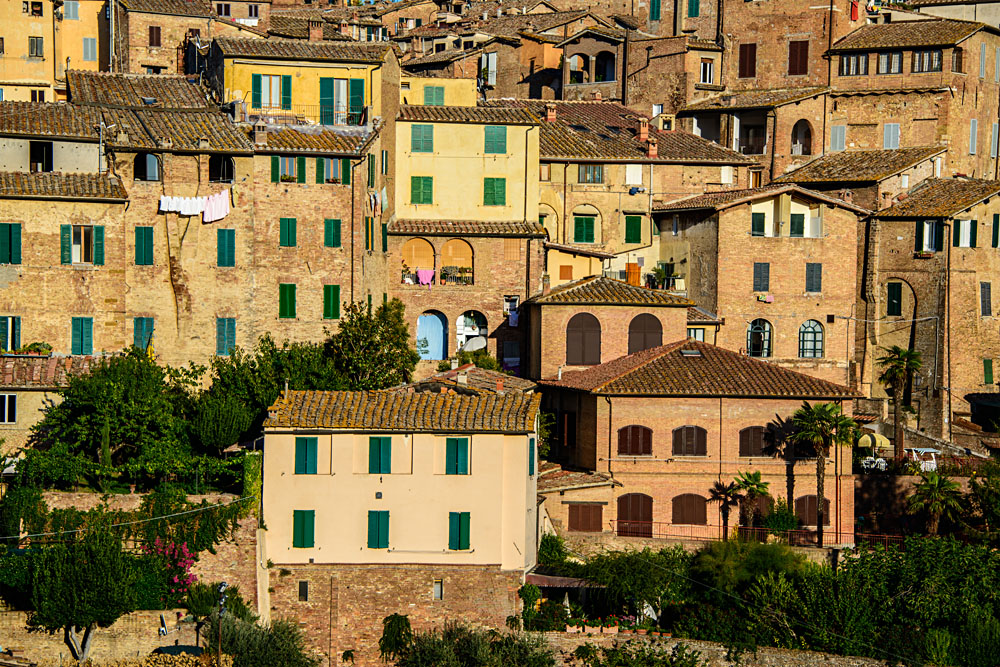
Get more travel inspiration by email.
Subscribe
0 Comments

Get the latest travel trends & hear about the best deals on vacations around the world.
If you’re a Globetrotter, these are the newsletters for you!

